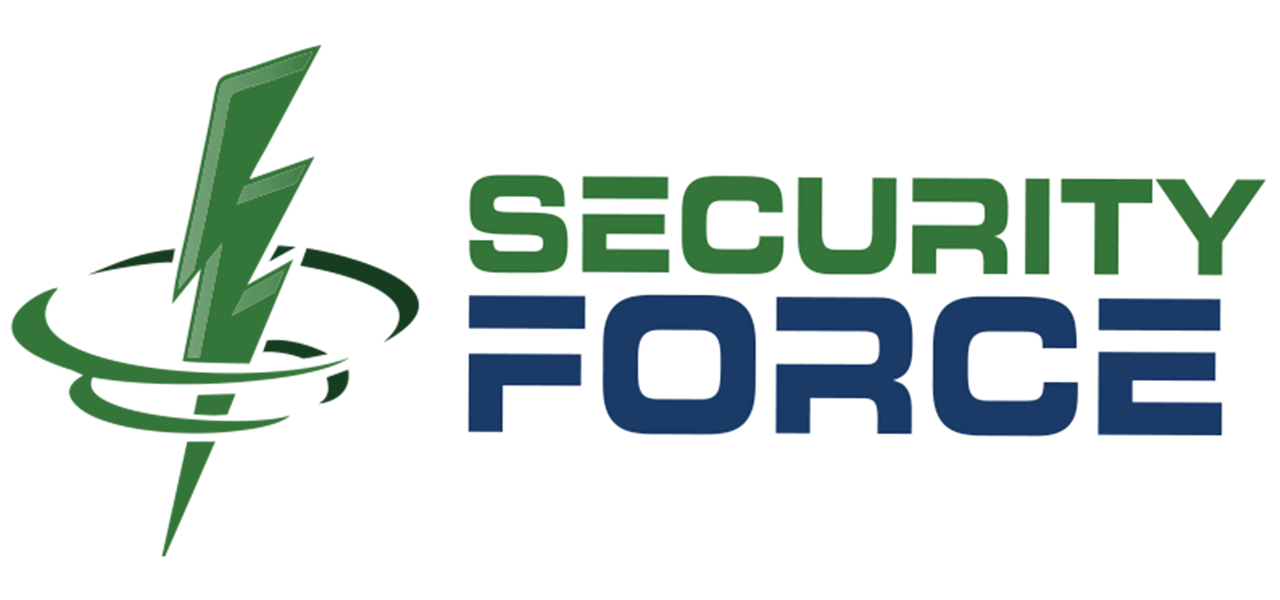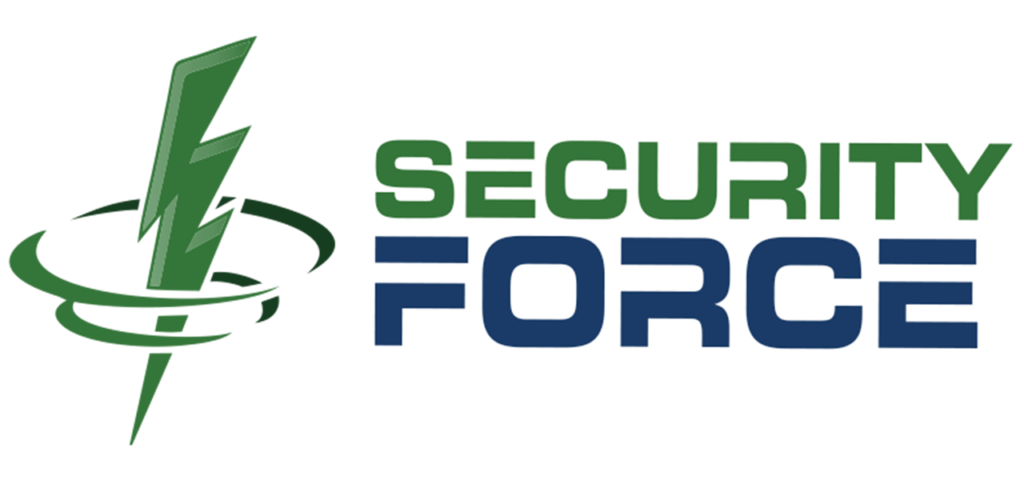Understanding the Legal Implications of Video Surveillance
Video surveillance has become a vital tool for enhancing security, monitoring operations, and deterring criminal activity. However, its use comes with significant legal and ethical responsibilities. Understanding the legal implications of video surveillance is essential for organizations to ensure compliance, protect privacy, and avoid potential liabilities. Here’s a breakdown of the key legal considerations for implementing video surveillance systems.
1. Compliance with Privacy Laws
Privacy laws vary significantly between jurisdictions but generally aim to balance security needs with individual privacy rights. Some key considerations include:
- Consent Requirements: In certain regions, explicit consent from individuals being recorded may be required.
- Reasonable Expectation of Privacy: Surveillance in areas where individuals expect privacy, such as bathrooms or locker rooms, is typically prohibited.
- Notification: Many jurisdictions require visible signage informing individuals that they are under surveillance.
2. Data Protection Regulations
Video surveillance often involves collecting and storing personal data, making it subject to data protection laws such as the General Data Protection Regulation (GDPR) in Europe or the California Consumer Privacy Act (CCPA) in the United States. Key requirements include:
- Data Minimization: Only collect and store footage that is necessary for the stated purpose.
- Secure Storage: Implement robust security measures to protect stored footage from unauthorized access.
- Retention Policies: Establish clear policies on how long footage is stored, ensuring compliance with legal guidelines.
3. Employee Monitoring
Using video surveillance in the workplace introduces additional legal considerations. Employers must balance security with employees’ rights to privacy. Common guidelines include:
- Notification and Consent: Inform employees about surveillance policies and obtain consent where required.
- Purpose Limitation: Use surveillance only for legitimate business purposes, such as preventing theft or ensuring safety.
- Prohibition of Audio Recording: In many jurisdictions, audio recording without consent is prohibited and considered more intrusive than video surveillance.
4. Public Surveillance
Organizations that operate video surveillance in public areas, such as shopping centers or streets, must adhere to specific rules to protect the public’s rights. Best practices include:
- Transparency: Clearly communicate the purpose and scope of surveillance.
- Proportionality: Ensure that surveillance measures are proportionate to the risks being mitigated.
- Avoiding Discrimination: Surveillance systems should not target individuals or groups based on race, ethnicity, gender, or other protected characteristics.
5. Legal Use of Surveillance Footage
The use of recorded footage in legal proceedings or for disciplinary actions must comply with applicable laws. Considerations include:
- Chain of Custody: Maintain a documented chain of custody to ensure footage is admissible in court.
- Purpose Limitation: Use footage only for the purposes for which it was collected.
- Redaction Requirements: Remove or obscure identifying features of individuals who are not relevant to the case.
6. Third-Party Access
Granting access to surveillance footage to third parties, such as law enforcement or external contractors, introduces additional risks. Organizations should:
- Have Clear Policies: Define who can access footage and under what circumstances.
- Require Authorization: Ensure proper documentation and authorization for any third-party access.
- Secure Transfers: Use encryption and secure methods to transfer footage.
7. Ethical Considerations
Beyond legal compliance, ethical considerations play a critical role in maintaining trust with employees, customers, and the public. Ethical surveillance practices include:
- Transparency: Be open about the existence and purpose of surveillance systems.
- Avoiding Overreach: Limit surveillance to areas and purposes that align with organizational goals.
- Accountability: Regularly audit surveillance practices to ensure they remain lawful and ethical.
8. Penalties for Non-Compliance
Failure to adhere to legal requirements can result in severe consequences, including:
- Fines and Legal Actions: Non-compliance with data protection laws can lead to substantial fines and lawsuits.
- Reputational Damage: Breaches of trust or privacy can harm an organization’s reputation and customer relationships.
- Operational Disruption: Regulatory investigations can disrupt business operations and require costly corrective actions.
Conclusion
Video surveillance is a powerful tool, but its implementation must be handled with care. Understanding and adhering to the legal implications protects organizations from potential liabilities while respecting the rights of individuals. By staying informed and proactive, businesses can leverage surveillance technology responsibly and effectively, fostering trust and enhancing security.

